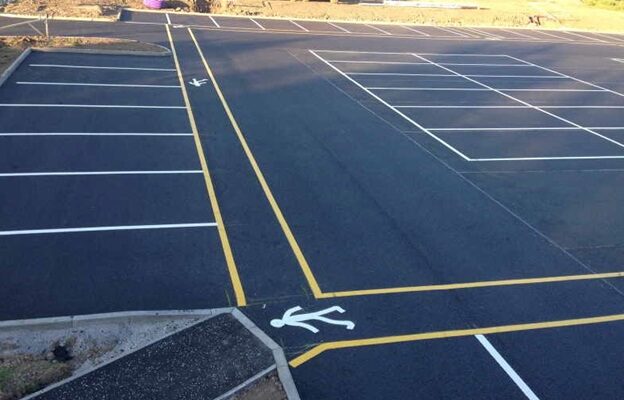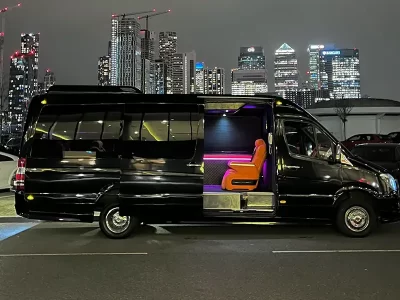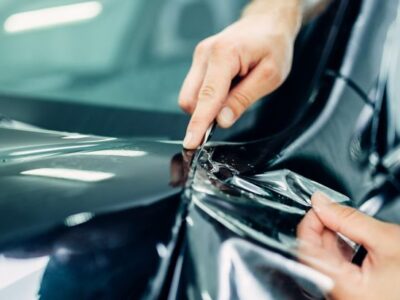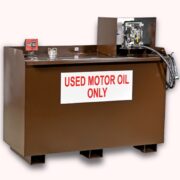To ensure efficiency on the road, around hospitals, and in sports arenas, line marketing in Auckland is a key consideration. Have you ever noticed the painted lines on the streets and in parking lots? These lines serve a critical purpose for safety and organization. In Auckland, as indeed elsewhere, proper line marking is an essential aspect of maintaining safety in public spaces.
Line marking is crucial for urban safety, traffic management, and providing guidance to pedestrians. In this blog, we will explore the dos and don’ts of line marking in Auckland.
Do: Consider Sustainability
Sustainability is an important factor when it comes to line marking. Using eco-friendly and sustainable materials will reduce the environmental impact of the line marking process.
Greener materials such as water-based paints are an excellent, durable choice as they reduce the chemicals released into the environment. Recycled materials such as glass beads over virgin plastic beads offer another way to make the line-marking process more sustainable.
Don’t: Ignore Codes And Regulations
Codes and regulations are in place for a reason. They must be adhered to when implementing line markings in any space. Ignoring codes and regulations can lead to safety hazards and legal issues.
It’s crucial to keep up to date with the latest codes and regulations. This will ensure that the line marking process meets the required safety standards. Make sure you hire a professional line marking contractor who understands and adheres to the codes and regulations.
Do: Favour Bright, Contrasting Colours
Bright and contrasting colours are essential for visibility and safety. The lines should be easily visible to motorists and pedestrians, even in low-light conditions. Bright colours such as white and yellow are excellent choices for line marking as they are easily visible during the day.
Using reflective paint or glass beads can enhance nighttime visibility, making the lines more visible to motorists.
Don’t: Use The Wrong Materials
Using the wrong materials can compromise the safety and effectiveness of the line marking process. For example, using the wrong type of paint can result in a slippery surface, increasing the risk of accidents. It is essential to choose the right materials for the job to ensure that the line-marking process is effective and safe.
Do: Ensure Nighttime Visibility
Visibility is crucial at night, and line marking should be visible in low-light conditions. Adding reflective paint or glass beads to the paint can enhance nighttime visibility, making the lines more visible to motorists. It is essential to prioritize nighttime visibility to ensure safety for everyone.
Don’t: Neglect Or Delay Inspections
Line marking should be inspected regularly to ensure that it is still effective and safe. Neglecting or delaying inspections can lead to safety hazards and accidents. Regular inspections can identify any issues with the line marking. These include fading or wear, and corrective action can be taken promptly.
Do: Remember To Prepare The Surface
The surface must be appropriately prepared before line marking to ensure that the paint adheres correctly. Preparing the surface involves cleaning it thoroughly and removing any debris or dirt. The surface should be dry and free of any contaminants before line marking.
Don’t: Add Confusing Visual Messages
Line marking should be clear and straightforward, providing guidance to motorists and pedestrians. Adding confusing visual messages or using complex symbols can lead to confusion and accidents. It is essential to keep the line marking simple and easy to understand.
Conclusion
For maintaining safety and organization in a variety of public spaces, line marking Auckland is clearly crucial. Following the dos and don’ts outlined in this blog will help ensure that the line-marking process is effective and safe.
Remember to consider sustainability, adhere to codes and regulations, and keep the instructions simple and clear. By following these guidelines, we can help ensure the safety of motorists and pedestrians in Auckland.













